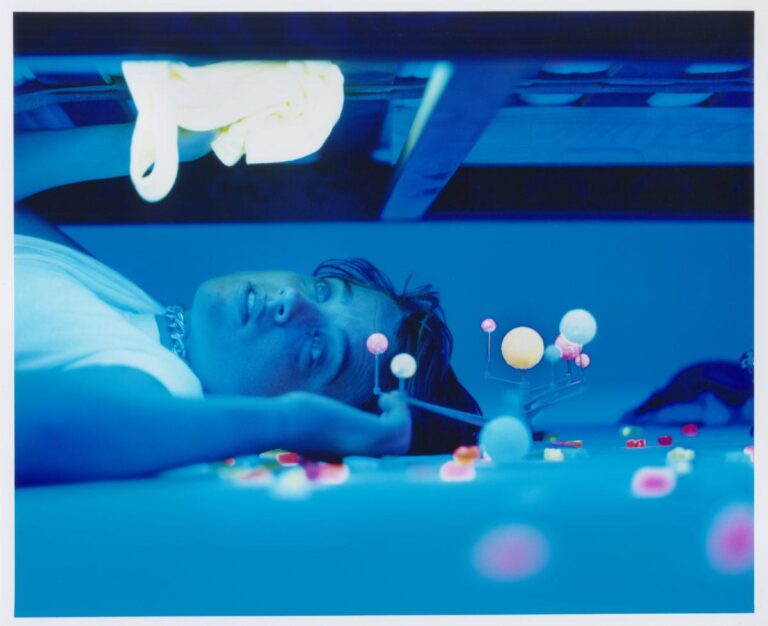
Lecture Series | Tastemakers: the 18th Century French Luxury Market and the Global Art Trade
Talk
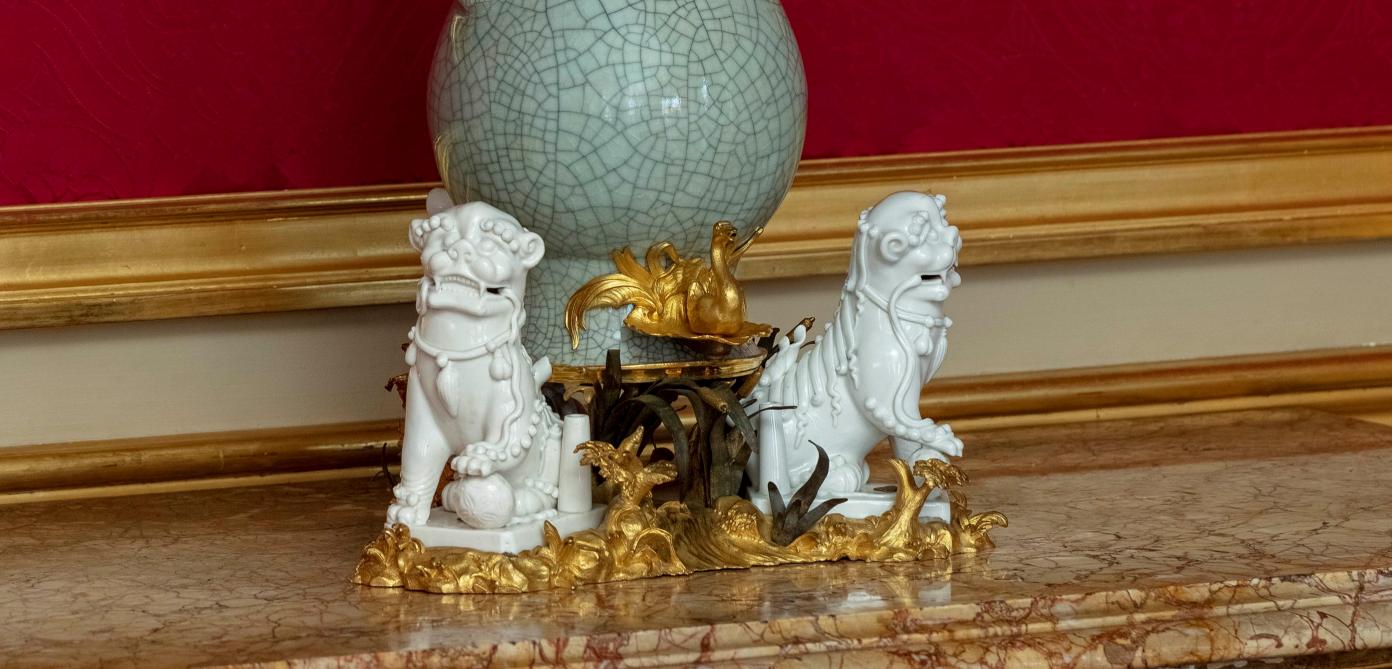
Courtesy of Galerie Kugel © Guillaume Benoit
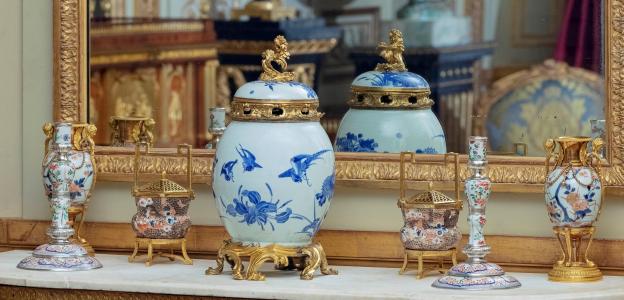
Courtesy of Galerie Kugel © Guillaume Benoit
In conjunction with the exhibition “Tastemakers: the 18th Century French Luxury Market and the Global Art Trade,” organized by the Paris-based Galerie Kugel in partnership with Villa Albertine, join us for two exceptional lectures exploring the unique role of the Parisian “marchands-merciers” in the 18th century, tastemakers and ambassadors of the French art and the art of living “à la française.”
Coinciding with the “Tastemakers: the 18th Century French Luxury Market and the Global Art Trade,” held at the Payne Whitney Mansion from May 4-9, Villa Albertine and Galerie Kugel invite you to a series of lectures on May 4 and 5.
Wednesday, May 4 | 6pm
The Development of Marketing Strategies by 18th Century Parisian Marchands-Merciers
With Professor Stéphane Castelluccio, Director of Research, CNRS, Centre André Chastel, Paris
RSVP via Eventbrite
18th Century Parisian “marchands-merciers” developed various strategies to help them reach a greater number of clients. These tactics—the earliest commercial strategies—are precursors of what we today call “marketing.” They created tools of visual identity (signs, labels, visiting cards)—the ancestors of modern-day logos—and developed the earliest advertisements, which presented their goods in the most flattering light possible. These were widely circulated in the form of advertisements in gazettes, specialized journals, and guides, which were becomingly increasingly available at the time. They could thus reach clients other than those who lived in their immediate vicinity. They employed language that flattered these potential clients, stirring in them the desire to make purchases, which is the essential driving force of trade.
About the lecturer:
Professor Stéphane Castelluccio is an art historian and director of research at the CNRS, Paris. A graduate from the Ecole du Louvre and Paris-IV University, he dedicated his PhD thesis to the “Garde-Meuble de la Couronne” and the French royal collections of decorative arts. A specialist in the history of royal residences, interior design, furniture, collections of objets d’art, and the luxury goods trade in France during the 17th and 18th centuries, he has published more than one hundred articles and fourteen books, including Les Collections royales d’objets d’art de François Ier à la Révolution (2002), Le Goût pour les laques de Chine et du Japon aux XVIIe et XVIIIe siècles (2013) and Le prince et le marchand : Le commerce de luxe chez les marchands merciers parisiens pendant le règne de Louis XIV (2014). His last book, published in 2021, is entitled La Noblesse et ses domestiques au XVIIIe siècle.
Thursday, May 5 | 6 PM
Marchands-merciers in New York: Highlights from the 18th Century Frick Collection
With Marie-Laure Buku Pongo, Assistant Curator of Decorative Arts, The Frick Collection, New York
RSVP via Eventbrite
“Sellers of everything, makers of nothing” as described by the Encyclopedist Denis Diderot, “marchands-merciers” were the tastemakers of the 18th century French luxury market. Retailers, importers, designers, and decorators all wrapped in one, they were at the heart of the French luxury industry boom in the 18th century and actively participated in one of the first manifestations of the globalization of the arts, when the best of French design intersected with precious materials and new traditions from all over the world. Their “creations,” from furniture to decorative arts, whose preciousness is only superseded by the names of their owners, kings, and members of the high aristocracy, represent the most exquisite and precious pieces of the 18th Century French decorative arts, and as so, have been and are still highly sought after by collectors. The Frick Collection in New York, originated with Henry Clay Frick (1849–1919) who bequeathed his home and his collections to the public for their enjoyment, held important collections of 18th French decorative arts, including many masterpieces attached to the names of the most famous Parisian marchands-merciers.
About the lecturer:
Marie-Laure Buku Pongo is a historian, art historian, and assistant curator of Decorative Arts at the Frick Collection, New York. With degrees in history, art history, and law from the Ecole du Louvre, the Sorbonne Université, and the Université Paris II Panthéon-Assas, she previously worked at the Château de Versailles as research assistant on the “Versailles and the World” exhibition presented in 2022 at the Louvre Abu Dhabi. She was also Senior Assistant and Acting Head of the “mission ammeublement” at the Mobilier national in Paris, where she advised and managed the furnishing of the Palais de l’Elysée, the official residence of the President of France, the offices of the French Prime Minister, and offices of several Ministries, the French Parliament, and French Embassies around the world. Buku Pongo is completing her Ph.D. in Modern History and Art History at Sorbonne Université, with a dissertation titled “Diplomatic Gifts Offered by Louis XV: Works of Art and International Relations.”
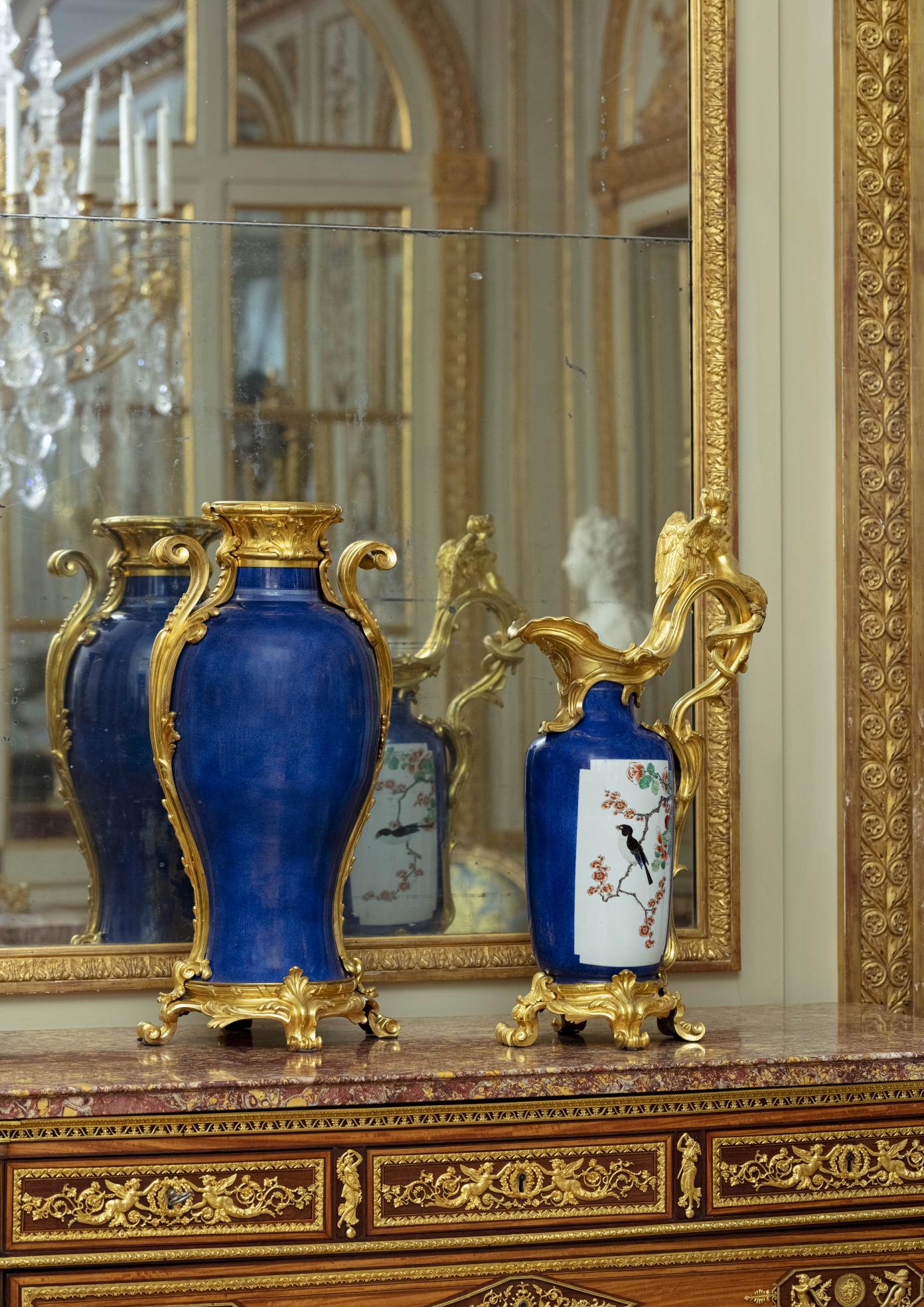
Courtesy of Galerie Kugel © Guillaume Benoit
In partnership with
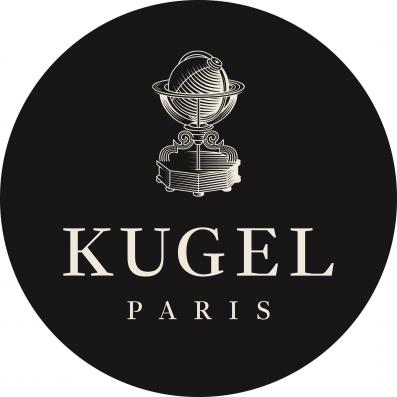
Galerie Kugel
Galerie Kugel, located in the Hôtel Collot opposite from Place de la Concorde in the center of Paris since 2004, has become an obligatory stop for art collectors, curators, and amateurs alike. Presenting works spanning from Antiquity to the 19th century, the gallery is renowned for its uniquely wide range of specialties. The well-cited “Kugel provenance” is considered a guarantee of authenticity, rarity, and exceptional quality. Alexis, Nicolas, and Laura Kugel offer expert guidance to art lovers and connoisseurs to build and enhance their collections. Their team of art historians, which benefits from a library containing over 20,000 reference works, is reputed for its provenance research and frequent rediscoveries of lost treasures.

